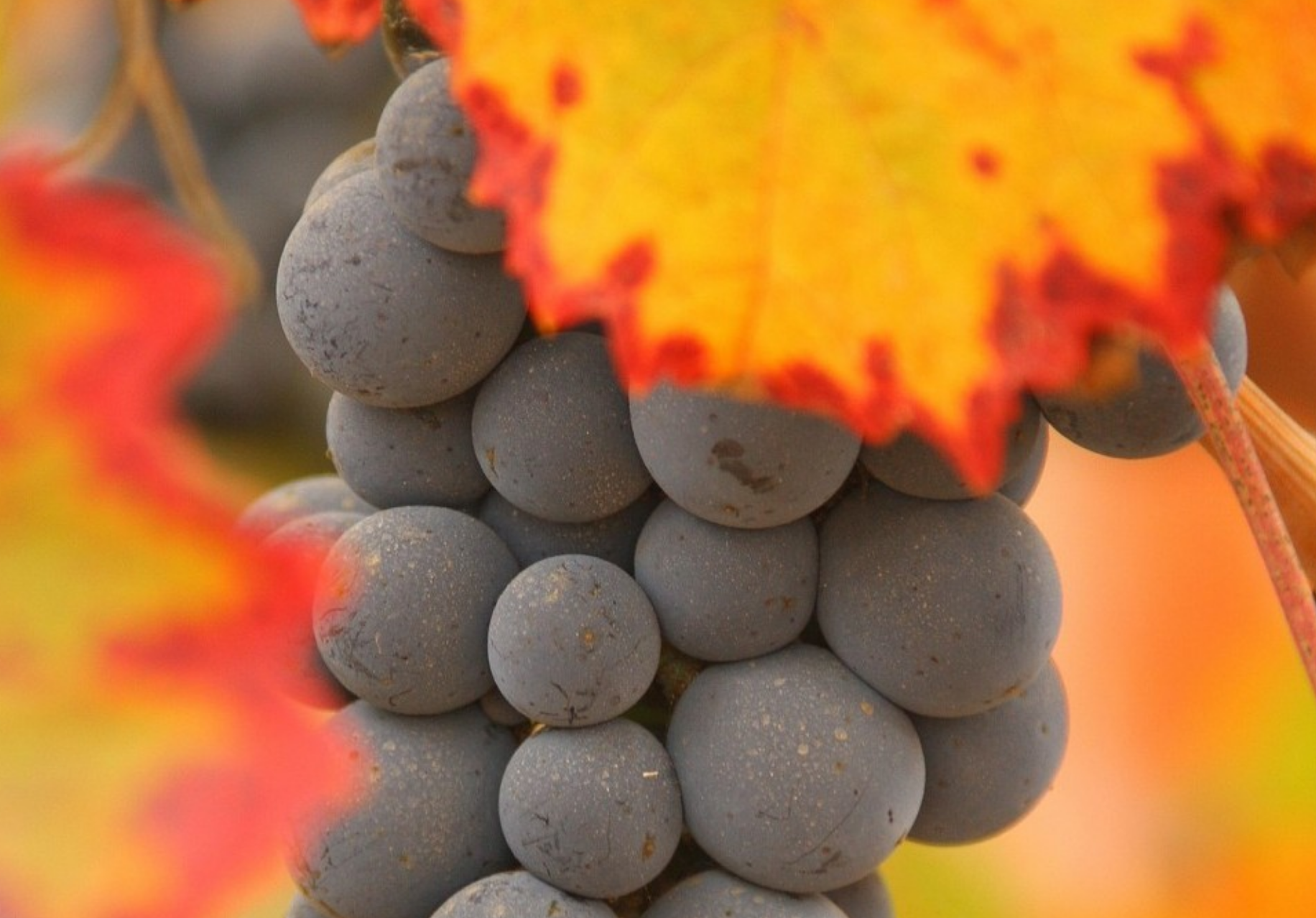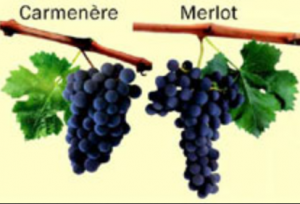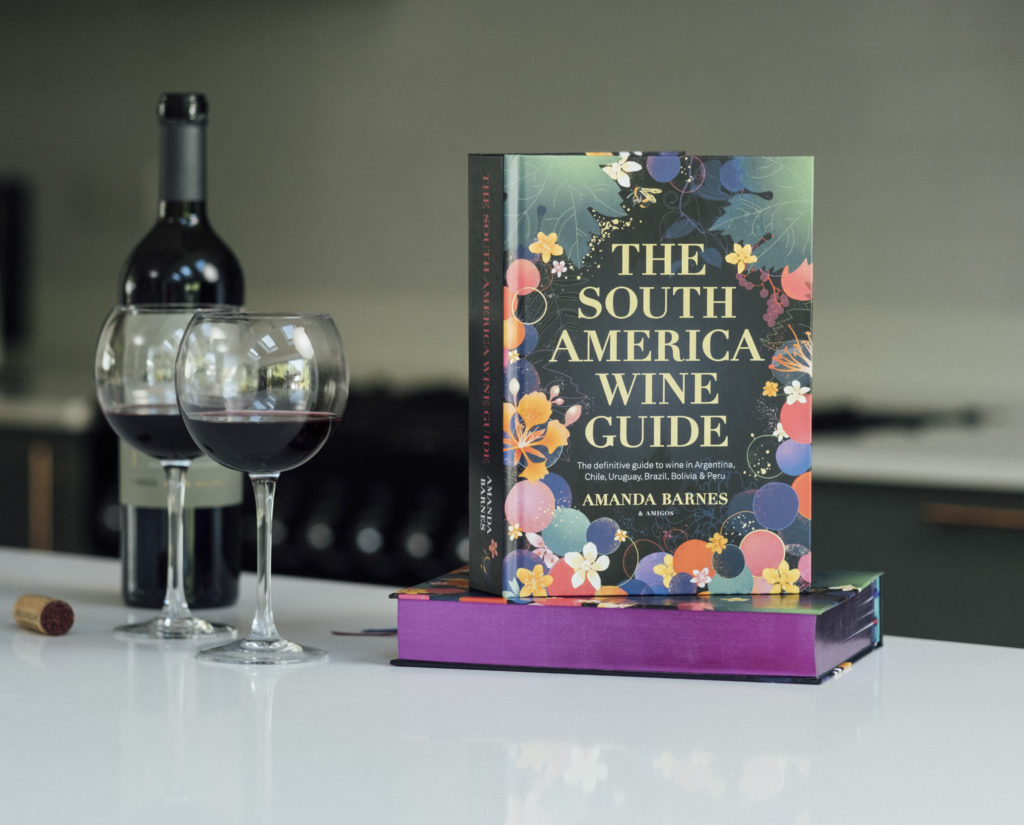The story of Carmenère, the emblematic grape variety of Chile, is quite unique. While Carmenère Day celebrates the popularity of the grape in Chile, the story of Carmenère, in fact, begins in France. Discover the history of Carmenère in our ultimate guide to the variety.
The history of Carmenère & its French roots
Carmenère was one of the original six red varieties of Bordeaux (along with Cabernet Sauvignon, Cabernet Franc, Merlot, Malbec and Petit Verdot). Although its origins are much older, Carmenère was best known through history for being used in Bordeaux blends.
That all changed in the late 1860s when the phylloxera plague decimated Europe’s vineyards and wiped out all of the vineyards in Bordeaux, and its Carmenère plantings. When it came to replanting, the Bordelaise favoured Merlot and Cabernet Sauvignon. Carmenère wasn’t a particularly popular variety in Bordeaux because of its susceptibility to mildew and coulure and plantings dwindled. As Carmenère had only ever really been planted in Bordeaux, it was presumed extinct thereafter.

Carmenère uprooted & in disguise
While the Old World thought Carmenère was lost forever, in the New World – in Chile – the variety was thriving. Indeed there was more Carmenère planted in Chile than had ever been used in Bordeaux. But no one knew it was Carmenère…
The original Carmenère plantings had been brought to Chile in the 1850s, pre-phylloxera, and planted alongside numerous other grapes from Bordeaux. In an unwitting mix-up (which was very common at the time), Carmenère vines were mistaken for Merlot. And replanted around the country as ‘Merlot’.
Over the following century, Chilean winemakers noticed that there was a great variety of ‘Merlot’ in their vineyards. And indeed much of their ‘Merlot’ was quite different to the newer plantings of Merlot brought in after the 1860s, and tasted very different to other Merlots in the world. The ‘Merlot’ (or clandestine Carmenère) plants flourished in Chile, but they produced fruit of a different flavour and the vines turned a bright red much earlier into the season. The old Carmenère cuttings were renamed Merlot Chileno and Chile became renowned for its unique style of Merlot.
It wasn’t until 24th November in 1994 that Carmenère’s secret identity was exposed. A French researcher Jean-Michel Boursiquot was visiting the Maipo valley, Carmen’s vineyard in particular, and spotted the different vines in a Merlot vineyard. The twisted stamens of the vines were unmistakably not Merlot. He immediately identified it as the extinct (or so presumed) Carmenère wine variety. Consequent DNA tests proved he was right.
Learn more about Carmenere and get recommended wines here!
Rediscovering Carmenère: A Chilean challenge
Although this was perhaps the most exciting viticultural discovery of the century, it wasn’t an easy transition. Winemakers had been making Merlot for decades, who was to say they were wrong all these years? A couple years of disbelief followed a few years of new and experimental viticulture and winemaking techniques. No-one had ‘made Carmenère’ for over a hundred years, and with almost the entire population of Carmenère plants in Chile – it was a uniquely Chilean challenge.
In 20 years the Chilean wine industry has come forward leaps and bounds with the variety and trial and error has led to different approaches in the vineyard and winery. Chile also overcame the marketing challenge for promoting a little-known variety and today the world-class Carmenère wines being made in Chile have garnered fans across the globe.
The success of the variety inspired winemakers in the US, Australia, New Zealand, Argentina, and even back in Bordeaux to grow Carmenère from Chilean cuttings.
Although Carmenère is now once again an international variety, its modern identity will always be Chilean.
Want to know more about the
wine regions of Chile?
ORDER YOUR COPY of The South America Wine Guide now!
E-book AVAILABLE ONLINE too.
Did you know? Cool Carmenère facts to learn!
-
Old bottlings of Merlot (pre-1994) are often Carmenère, or have Carmenère in them. Even some post-1994 ‘Merlot’ bottles are actually Carmenère as it took some wineries several years to accept that their vineyards were in fact Carmenère.
-
Viña Carmen was the first winery in Chile to bottle and label a Carmenere wine, in 1996. The name on the bottle was Grand Vidure, a common synonym from Bordeaux.
-
De Martino was the first winery to export Carmenère, also in 1996, although calling it Carmenere wasn’t yet legal in Chile.
-
Carmenère Day (Día del Carmenère) is celebrated on 24th November to commemorate its rediscovery in Chile.



